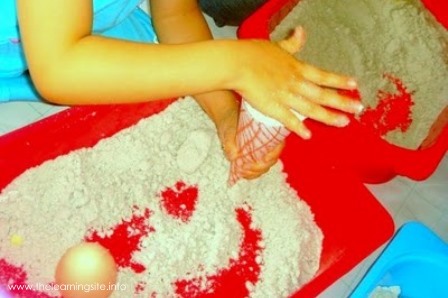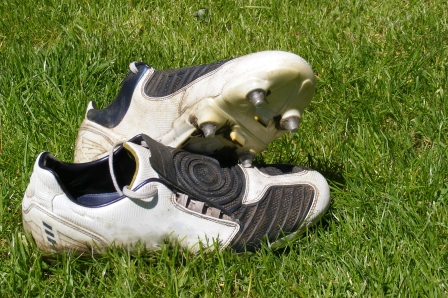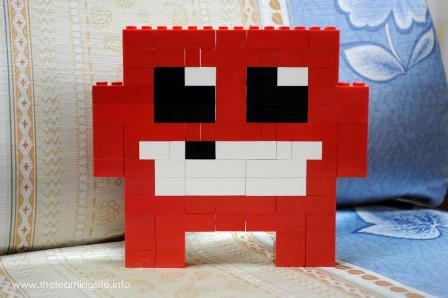
Kit shares her experience on how she went through separation anxiety of a toddler.

“It will be his first time to go somewhere without me. Please take care of him,” your mother concernedly said to me in broken English. I could feel how worried she was about you. And with how you would behave without her.
Who wouldn’t be? You wailed like a blue whale, so loud we had to cover our ears, get panicky. What made it more irritating was the niggling reason behind it: your mom was already two steps away from your seat in the classroom. Yep, just that. This was the main reason why I was apprehensive when I took over your class from a teacher who quit. The boss said this tantrum is normal for a three-year old boy like you. But then I didn’t quite understand why unfamiliarity with the environment causes so much stress to children, why teachers have to deal with stranger anxiety patiently. I didn’t know how to handle your dependence to your mother
until the day we went to a crocodile park,
until the day your mother entrusted you to me.
A few days before the school trip, I remember you were bright-eyed about it. We did a crocodile craft with recycled green-painted egg cartons. After such, we played a song whose lyrics I didn’t understand, acted like crocodiles with its fast rhythm and ran after one another. In that art class, you were fond of that animal, thought it was very amusing. You didn’t even mind being thrown to the crocodile’s pond…
until you saw how ugly and sleepy-eyed they looked like in the water,
until you held my hand tight and didn’t let it go.
I wore an imaginary medal because you didn’t sob that whole afternoon. But what made the cake sweeter was the icing I have tasted afterward. Little by little, you had confidence in me. Imagine how surprised I was when you waved goodbye to your mother after dropping you off at school one day. You learned to loosen the knot of attachment, something that made me proudly smile from ear to ear.
Knowing how little adults’ childhood memories are, I bet you will forget me soon. I don’t think you will remember how I jumped for joy when you learned how to hold a pencil, when you understood you should not color outside the circle, when you recognized the first letter of your name, when I noticed you can already carry a conversation in English. These memories will soon fade into the background as you will meet new classmates and have another favorite teacher. And even if hurts me that you won’t totally appreciate that you are my milestone, it’s alright because you learned
to let go
and go on,
something that I should start redoing, after the whole class sang Skinamarinky Dinky Dink and gave me a nice plaque, a wonderful cake, a wonderful collection of drawings of my face and lots of warm hugs.
I will miss everyone, especially you.






